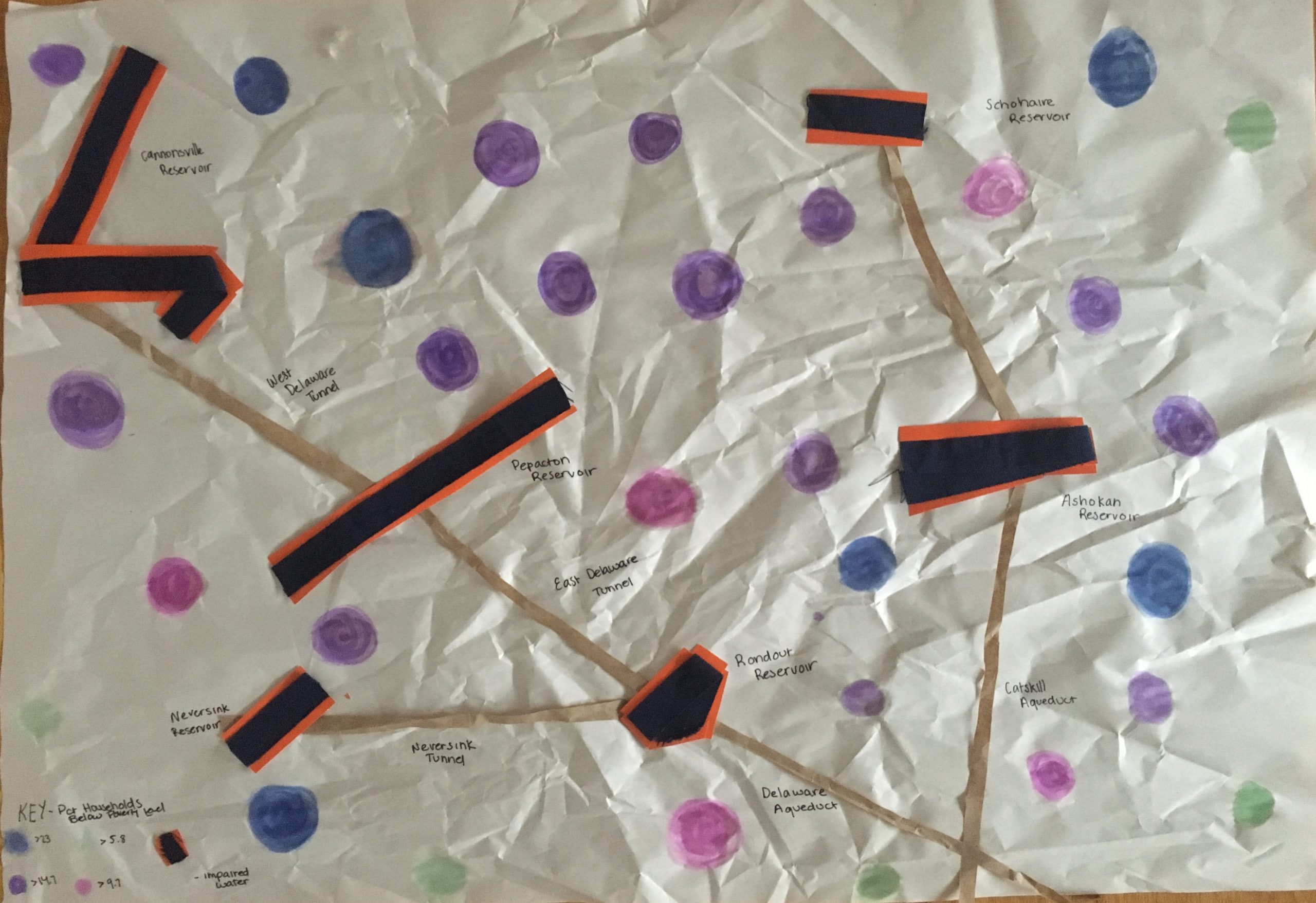
New York City and a few other counties in southern New York State receive water from the Delaware and Catskills watersheds. Thanks to stringent environmental protections, this water is mostly unfiltered. To maintain this system, they have to protect the reservoirs, tributaries, and even minor streams from pollutants, especially nitrogen and phosphorus run off from farms in the area.
In places where farm run off has gone unmitigated, like the Chesapeake Bay, concentrations of excess nitrogen and phosphorus have led to mass algal blooms, which choke the waterway and lead to mass die offs (Wang et al). The kind of environmental protection that ensures NYC’s notoriously good water quality helps prevent this and helps foster biodiversity and protect ecosystems in the region (Van Looy et al).
However, this protection is not without its cost. It limits the growth and flexibility of farmers in the region. The farmers in this area are mostly small and low income and farmers say the restrictions limit their potential economic growth and lack the flexibility to make changes (Church). They also don’t receive the water so they bear the economic cost of an environmental good they can’t benefit from. Additionally, the cost to the city means that this area receives disproportionate funding for water testing for DEP instead of other waterways that benefit upstate communities.
This program highlights the contrast between the NYC and Upstate regions of New York and the priority placed on NYC at the cost of the poorer upstate communities and the way that sustainable management of an environmental bad can have negative human impacts if not planned or implemented well (Talberth).
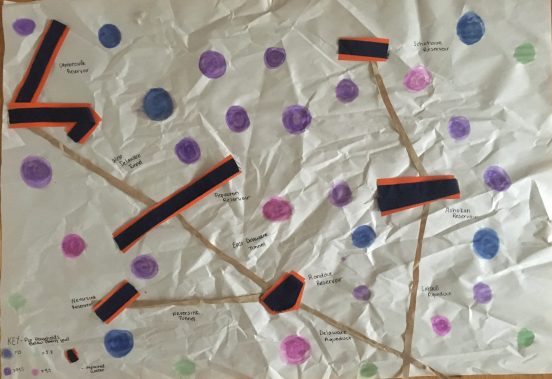
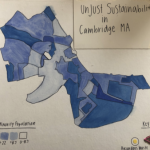
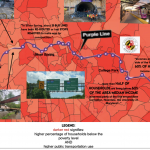
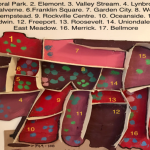
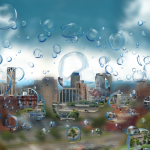
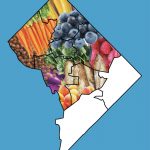
Prof. Michael Heiman (Emeritus)
May 1, 2020 — 4:38 pm
Most of the water delivered to the NYC aqueduct system comes from protected watersheds in the Catskills–with the City being the property owner. Farming is restricted here. Less so for the Schoharie watershed that also feeds into the NYC system.
https://cwconline.org/history-of-the-nyc-water-supply/
https://www.gcswcd.com/swp
Anna
May 1, 2020 — 6:08 pm
Very interesting project and graphic! It is pretty clearly seen that the households with contaminated water spike depending on how close they are to a contaminated reservoir. Clearly, the current water system is failing and this must be addressed.
bromleyd
May 1, 2020 — 6:13 pm
To see how an environmental protection can negatively impact the people in surrounding areas is something we don’t always consider. We talk about bans and regulations, but this highlights how making decisions without considering every stakeholder can take something that helps the environmental and hurt people who should ultimately benefit from it. Did you find any type of alternative strategies to the regulations currently in place?
Sooik
May 2, 2020 — 4:01 am
Very interesting exhibit! It is really frustrating to see how hard it is to meet the needs and ensure the welfare of every stakeholder. Do you think they should change the system entirely and find alternative strategies to prevent degraded water quality in the city? Or would it be more efficient to keep the current practice and find a way to subsidize or help those farmers?